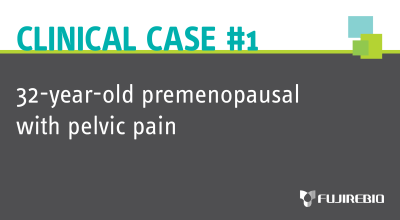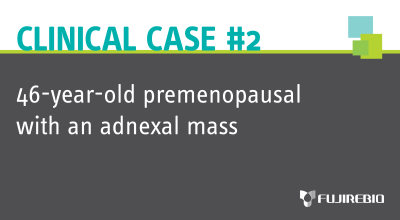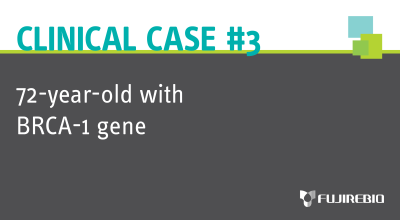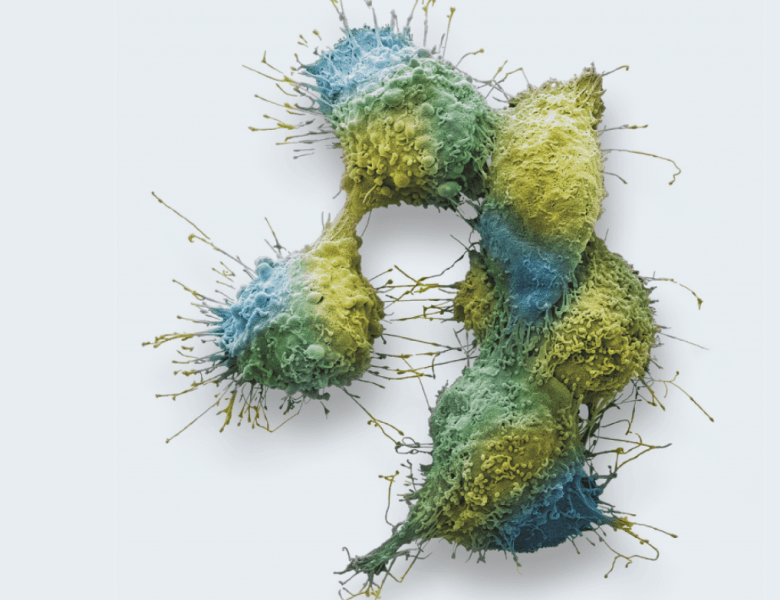
Early diagnosis
Saves happy lives.
Key Statistics for Ovarian Cancer
Ovarian cancer is one of the leading causes of cancer deaths among women, accounting for more deaths than any other female reproductive system cancer. Nearly 20,000 new ovarian cancer cases are identified in the U.S. and for every 10 women diagnosed, 6 die for this disease annually. 1
Some Key Facts:
-
Following surgery, the five-year survival rate ranges from 80% to 93% for women with stage I Epithelial Ovarian Cancers (EOC).
-
A woman's risk of getting ovarian cancer during her lifetime is about 1 in 87. Her lifetime chance of dying from ovarian cancer is about 1 in 130. (These statistics do not count low malignant potential ovarian tumors.)
-
This cancer mainly develops in older women aged 63 years or older. It is most common in white and black women.
-
Less than 20% of ovarian cancers are found in the early stages before they spread beyond the ovary (i.e. most cases are identified at Stages 3-4). However, survival rates decline dramatically to 17% to 28% for those with advanced-stage tumors.
Background
There are several different subtypes of Epithelial Ovarian Cancer (EOC) including:
- Serous
- Endometroid
- Mucinous
- Clear Cell
HE4 complements CA 125 as an ovarian cancer marker. The combination of CA 125 and HE4 has higher sensitivity than either marker alone particularly in premenopausal women. HE4, together with CA 125 and menopausal status, make up the Risk of Malignancy Algorithm (ROMA) use to assess risk of ovarian cancer in patients with a pelvic mass, who are scheduled for surgery.
The ROMA score is used by Obstetricians and Gynecologists to appropriately triage patients, leading to improved patient care and decreased mortality.
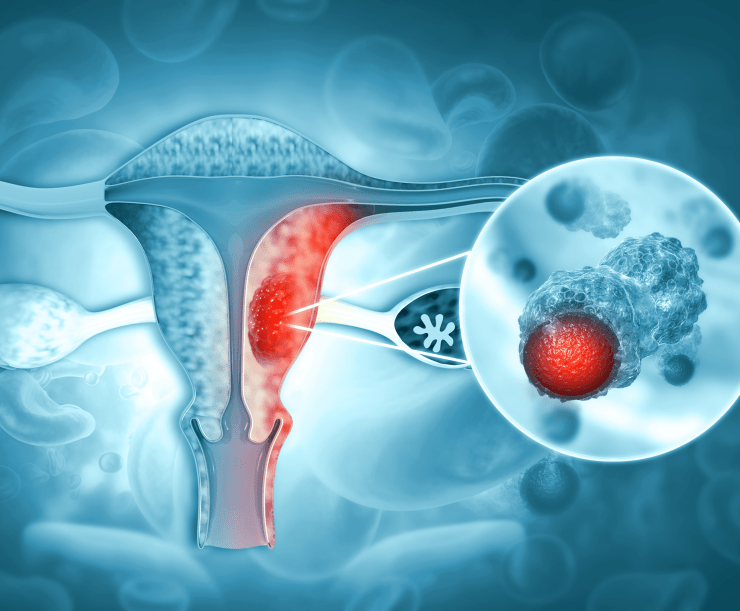
Clinical Case Studies
Presented at the ACOG District XII 2022 Annual Meeting in Orlando
Clinical Case #1:
32-year-old premenopausal with pelvic pain
Dr. Richard Moore discusses this clinical case study at the ACOG District XII 2022 Annual District Meeting in Orlando.
Clinical Case #2:
46-year-old premenopausal with an adnexal mass
Dr. Richard Moore discusses this clinical case study at the ACOG District XII 2022 Annual District Meeting in Orlando.
Clinical Case #3:
72-year-old with BRCA-1 gene
Dr. Richard Moore discusses this clinical case study at the ACOG District XII 2022 Annual District Meeting in Orlando.

